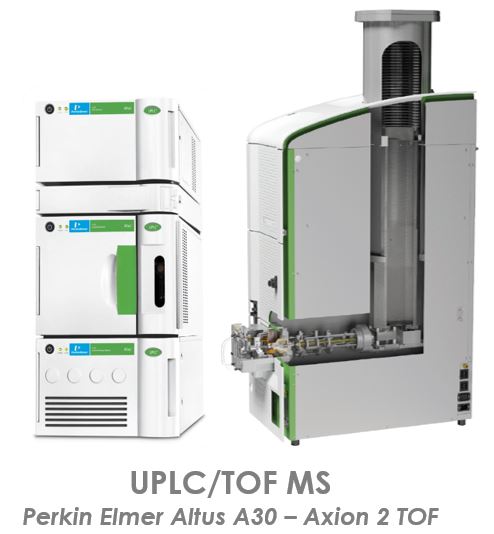Analysis of non-ionic surfactants of the “Fatty Amine/Amide derivated” type
Fatty Amine/Amide derivatives are obtained by reacting a mixture of fatty acids (for example from coconut) with Diethanolamine or DEA.
The best known are Ethanolamines (Cocamide MEA [68140-00-1], Cocamide DEA [68603-42-9]).
Fatty amides are commonly used as a foaming agent for shampoos, soaps, and an emulsifying agent for cosmetic products.
The distribution of the units (distribution) is to be directly linked with the surfactant properties and their analysis is possible by
UPLC/TOF-MS.

 EN
EN
 FR
FR